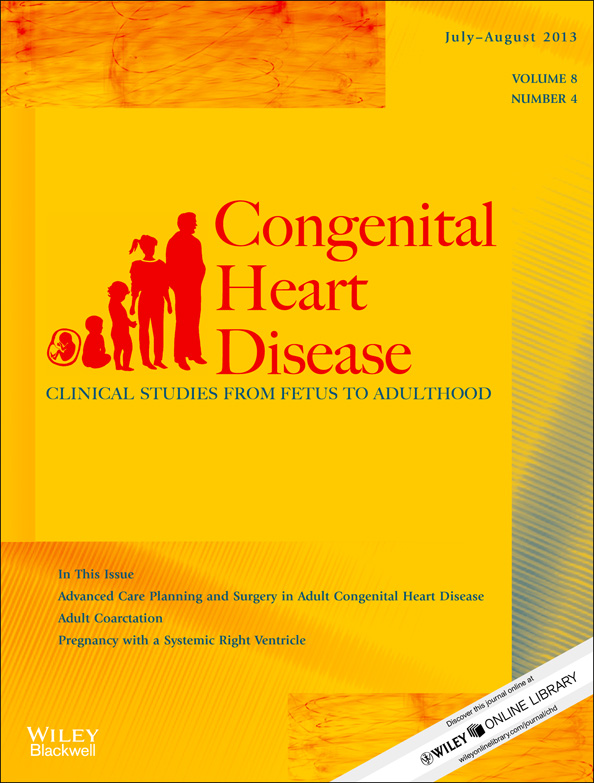Wire-related Pulmonary Artery Injury during Pediatric and Adult Congenital Interventional Cardiac Catheterization
Abstract
Objectives.
Guidewires used in pediatric catheterization are typically floppy, soft, or J-tipped, and are generally assumed to be atraumatic. A recent sentinel case suggested that such wires may cause clinically significant pulmonary artery (PA) injury. We sought to determine the incidence of wire-related PA injury as a cause of “idiopathic” airway bleeding (endobronchial blood) during interventional cardiac catheterization in patients with congenital heart disease.
Design.
The Children's Hospital Boston database of cardiac catheterizations was reviewed for adverse events (AEs) indicating possible PA injury occurring between September 2006 and August 2011. Procedure notes were reviewed, and when the clinical scenario was suggestive of wire injury or was not clear, relevant angiograms were reviewed.
Results.
One thousand forty-seven cases involving PA dilation were performed in the period of interest. Five cases of probable wire injury were identified, suggesting an incidence of approximately 0.5 per 100 cases. Of these five cases, trauma was judged due to floppy-tipped wires in two, soft-tipped wires in two, and a J-tipped wire in one. In three cases, the distal wire was looped such that the leading segment was stiffer than the wire tip. Clinical manifestations of wire injury comprised contrast within the airway, vessel aneurysm/tear, obstructive intimal flap, blood from the endotracheal tube, hemothorax, and wedge defect on lung scan. These injuries were relatively benign and did not result in instability or prolonged bleeding.
Conclusions.
Wire injury to the PAs is relatively uncommon, although possible with even floppy-tipped wires. The mechanism and implications of such injuries are markedly different than balloon-mediated vascular tears.




